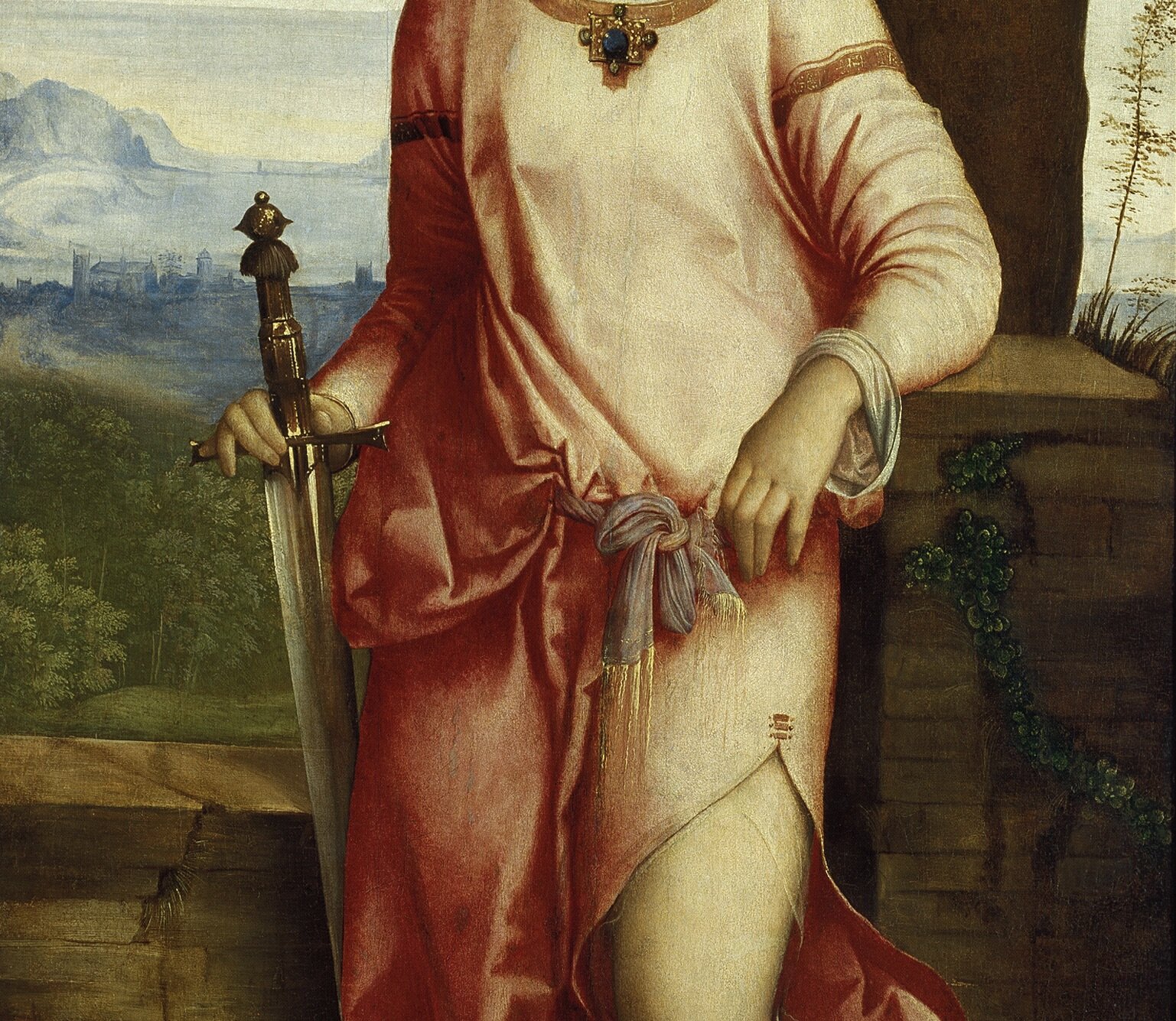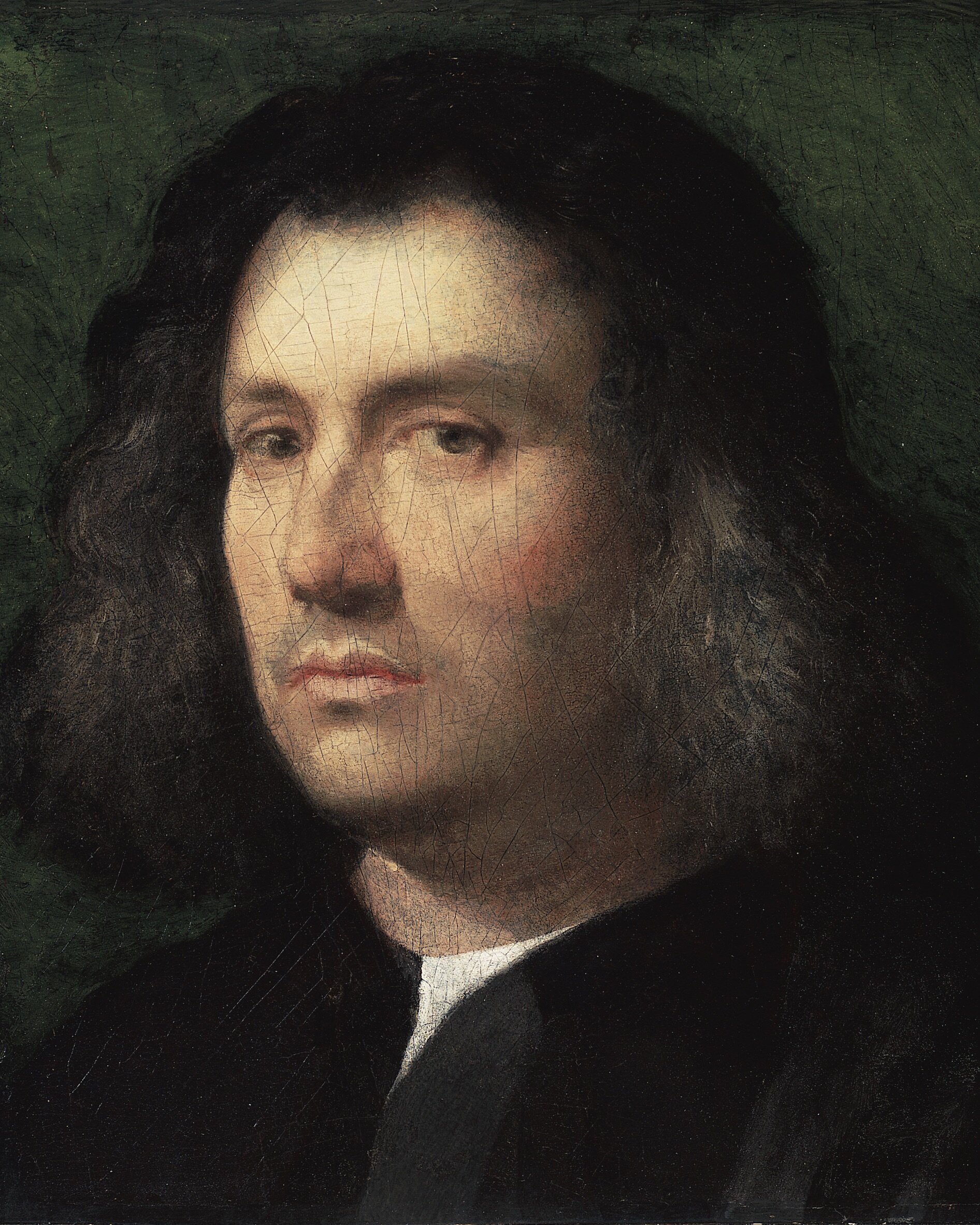
In un intreccio suggestivo di performance, ricerca, lecture, poetry reading, arte visiva e tecniche narrative, la riflessione stilema del lavoro di Anagoor – sulla parola e sul linguaggio e sulle modalità attraverso le quali la storia del passato si incarna e riemerge con modalità differenti (e nondimeno coerenti) nella storia del presente –, ha preso forma nelle tre composizioni sceniche: Rivelazione: sette meditazioni intorno a Giorgione di Simone Derai e Laura Curino, L’italiano è ladro di Pier Paolo Pasolini e Magnificat di Alda Merini. Tre esperienze artistiche in apparenza assai distanti tra loro ma sottilmente accomunate da una medesima idea di eresia e da un pensiero critico sul tempo e sullo spazio teatrale. Si tratta di una composizione triadica costruita a posteriori, l’esito, in sostanza, di un viaggio decennale segnato dalla riflessione sull’ambivalenza del potere nella storia che si sostanzia nelle forme della lingua.
In a suggestive intertwining of performance, research, lecture, poetry reading, visual art, and narrative techniques, Anagoor’s stylistic reflection—on word and language, on the different but complimentary modalities through which the past is embodied and resurfaces in the present—took shape in three scenic compositions: Rivelazione: sette meditazioni intornoa Giorgione by Simone Deraiand Laura Curino, L’italiano è ladro by Pier Paolo Pasolini, and Magnificat by Alda Merini. These three artistic experiences may seem rather distant from one another, but are subtly united by the same idea of heresy and of a critical reflection on time and theatrical space. It is a triadic composition, constructed a posteriori; the result, in essence, of a tenyear journey marked by a reflection on the ambivalence, throughout history, of power, as reflected in the form of language.
RIVELAZIONE
SETTE MEDITAZIONE INTORNO A GIORGIONE
“L’Anticristo è il dominatore travestito da samaritano, è Oloferne che conquista, domina, spoglia, insulta, e ubriaco fradicio crolla sbavando sul letto di Giuditta.”

Le sette meditazioni intorno a Giorgione, nate nel 2009, presentano al pubblico un Giorgione (quasi) inedito e (quasi) eretico, per mezzo di un racconto che è di fatto una meditazione: frammenti di immagini rivelano, appunto, come la questione simbolica dell’immagine si rifletta nella ambivalenza del linguaggio artistico.
The sette meditazioni intorno a Giorgione, first performed in 2009, present to the public an (almost) neverbeforeseen and a (nearly) heretical Giorgione, through a narrative that is, in fact, a meditation: fragments of images reveal how the symbolic question in the iconography is reflected in the ambivalence of the artistic language.
L’ITALIANO È LADRO
UNA TRANSIZIONE IMPERFETTA
“Oggi ci odiamo, domani ci ammazzeremo.
Non la capivi, coglione, che dovevi tornare?”

Il lavoro più recente (2015) dei tre è infatti un testo poetico pasoliniano poco noto ma dalla forza espressiva dirompente, un nonfinito nel magmatico laboratorio dell’autore, coacervo di parola e immagine, di suono e dolore, espressione del potere e delle modalità attraverso le quali l’umano vi soccombe, dal titolo emblematico: L’italiano è ladro. Qui la voce e la parola poetica, accompagnate dal sound design della messa in scena, giungono al pubblico nel loro portato simbolico via via sempre più lacerante e a tratti perturbante. Verso l’Eresia pare dunque contenere in sé i gangli del percorso di ricerca di Anagoor, teso alla contrapposizione tra l’interpretazione del mondo e la sua trasformazione. Sembrano agire in questo trittico i tre regimi espressivi che definiscono le forme di democrazia, del teatro e più estesamente della letteratura, suggeriti da Rancière: la disponibilità della parola a costruire un tessuto di vita, la democrazia delle “cose mute”, che parlano dentro a ogni tragedia e infine la democrazia lontana dalla necessità del brusio ermeneutico della decodifica forzata del segno.
The most recent of the three works, from 2015, is in fact a Pasolinian poetic text, little known but of explosive expressive force, an unfinished work taken from the author’s magmatic laboratory, an amalgam of speech and image, sound and pain, an expression of power and the ways in which humans succumb to it, and bearing an emblematic title, L’italiano è ladro. Here, the voice and poetic language, accompanied by a soundtrack, reach the audience in all their symbolic scope, in an aggressive, even disturbing crescendo. Verso l’Eresia thus seems to contain in germ all Anagoor’s research, which tends to turn the interpretation and transformation of the world on its head. In this triptych, it seems that the three expressive regimes that define the forms of democracy, of theater and, more generally, of literature, mentioned by Ranciere, are at work: the ability of speech to establish a fabric of life, the democracy of the “silent things” that speak in each tragedy, and, finally, democracy distanced from the need for the hermeneutical noise that constitutes the forced decoding of the sign.
MAGNIFICAT
“Cristo non è mai nato, Cristo non è mai morto.”

Sempre del 2009 è anche Magnificat, un testo di Alda Merini, in cui viene scardinata la figura tradizionale della Vergine, qui presentata nella sua più carnale e umana consistenza esistenziale delle varie età della donna, dall’adolescenza alla trasfigurazione dolorosa data dal lutto del figlio morto. Per Anagoor un lavoro centrale, un’occasione per pensare alla rappresentazione della parola poetica a teatro, che ha orientato le scelte successive, quali l’avvicinamento a Virgilio prima e a Pasolini poi.
Magnificat by Alda Merini also dates from 2009. This text dismantles the traditional image of the Virgin, presented here in the existential, human, and carnal consistence of the ages of women, from adolescence to the painful transfiguration caused by the loss of her son. For Anagoor, this is a central work, an opportunity to question the representation of poetic speech in the theater, which has influenced some of the company’s successive choices, such as their rapprochement with the works of Virgil, first, then of Pasolini.
ANAGOOR
RIVELAZIONE
Sette meditazioni intorno a Giorgione
with
Marco Menegoni
dramaturgy
Laura Curino, Simone Derai
video
Simone Derai, Moreno Callegari
sound design
Mauro Martinuz
direction
Simone Derai
production Anagoor 2009 co-production
Operaestate Festival Veneto, Centrale Fies
ANAGOOR
L'ITALIANO È LADRO
Una transizione imperfetta
by
Pier Paolo Pasolini
with
Luca Altavilla, Marco Menegoni
and with
Lisa Gasparotto
sound design
Mauro Martinuz
direction
Simone Derai
production Anagoor 2016 co-production
Stanze 2016, Centrale Fies
ANAGOOR
MAGNIFICAT
by
Alda Merini
with
Paola Dallan
sound design
Mauro Martinuz
direction
Simone Derai
production Anagoor 2009 co-production
Operaestate Festival Veneto












